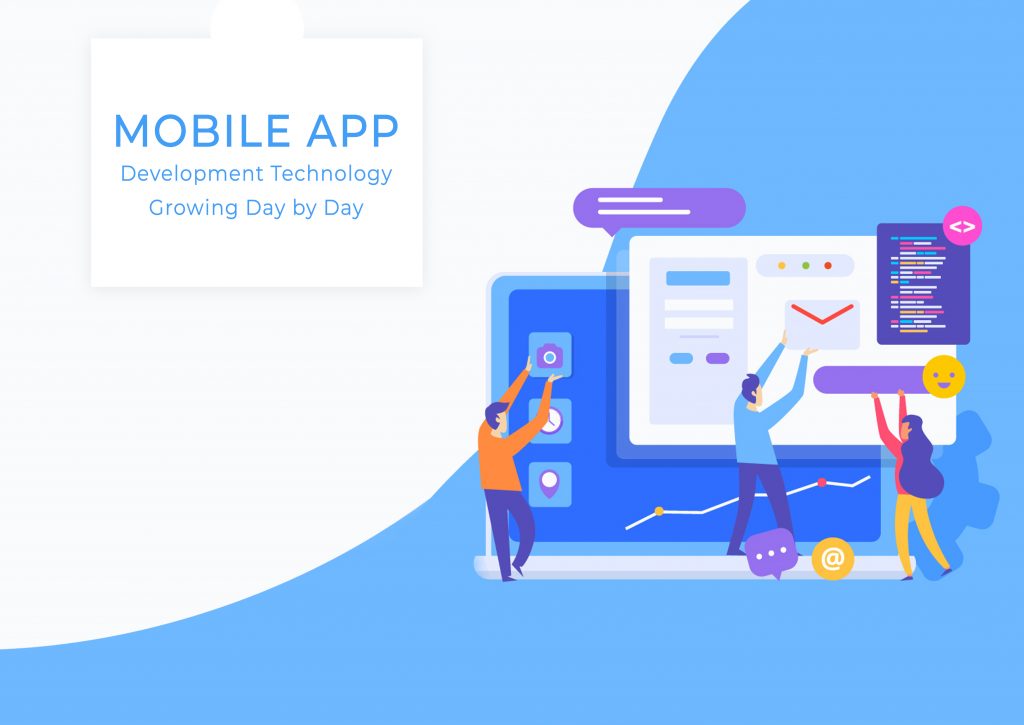In tech world, a Container is not something your find in your kitchen to put stuff into. Yes, the name does suggest a similar purpose, but Containers are actually an isolation technology that mobile app developers use to package an application along with the files needed to operate the application. Containers completely isolate the application from a computer’s operating system.
The purpose of a Container is to observe an application without OS interference, for a much more seamless development, test and production. The isolation helps the application retain full functionality.
Moreover, there is an added flexibility of being able to run such Containers in a Cloud. Which means that Containers have the ability to function in a multiple cloud platform without any operating limitations as it is a process of operating system virtualizations.
How Containerization Speed Up App Development
a). Because of the Contained nature, multi-cloud functions are an integral part of a Container as applications that are containerized can be moved or maintained across on-premises servers, public cloud, private cloud and even hybrid cloud environments.
Applications could be tested and reconfigured in a container without any external interference from different operating systems or environments that makes the development procedure a lot smoother.
- Faster spin-up since Containers have been built to deliver improved speed which results in faster tests and you do not have to wait for IT to spin up a VM.
- Density-per-Host is up resulting in Containerization of applications results in better speed, agility and autoscaling. Because of the stateless nature of containers, ephemeralness is simple to run. People can now see that applications which are a lot more stateful could be operated in a container.
- Containers are magnificent for microservice-based infrastructure because Containers allow such applications to be spun up rapidly and torn down within just a few moments. Therefore, development and deployment of new technology takes a matter of minute rather than hours, months, days or even years.
- DevOps have always been all about delivering quality software, and faster too. Aside from microservices and CCI/CD, containers have facilitated one of the fastest means to achieve the goals of DevOps.
Companies today have moved to cloud-native development and platform services, making the required infrastructure obsolete. When running a function of the Kubernetes (K8s), there is a common infrastructure-as-code which allows the developers to spend less time on worrying about infrastructure specifics. If you write a Kubernetes deployment of a stateful set, they will run in similar ways on any K8s supported environment.
- Containers are truly a technological breakthrough as it fits perfectly in the delivery chain of applications and continuous development. Therefore, “time to market” is significantly reduced in this way, minimizing the amount of time needed to form an idea and then materialization of an application to function towards an objective.
- CI/CD benefits are amplified by Containers through portability. Containers can be moved through several platforms, such as a hybrid cloud to a developer’s laptop. Therefore, CI/CD processes become much smoother.
- Containers can also be scaled up significantly without effecting or stalling other processes. Such independence allows applications or microservices to be built, configured, test, deployed and reconfigured constantly without any interruption or delays.
- Containers also have this process called orchestrations. These are DevOps software and tools like Kubernetes that are built for container management so that they remain efficient and help you deliver high quality software quickly.
- Containerization means adding an abstraction layer which allows application developers to write new apps once and then deploy them across various environments. Therefore, it eliminates the hassle for the need to program custom methods to ensure that applicated will restart upon failure. Container orchestrations now manage this entire process.
- The fact that Containers eliminate environmental restrictions means that scaling is much easier and parameters change dramatically. This adds to the freedom of developing applications due to the location agnostic and geographically distributed nature of containers.
The process of building can start in one location, and then tearing it down and restarting in another location is very easy. This is why containers have become the framework of choice.
- Furthermore, the ability to fire containers easily across several kinds of software stack which can be of many different versions enable developers to build applications in very less time.
Stability tests and robustness of applications can be tested by scaling applications artificially in Containers in a fraction of the total time often needed on antiquated platforms. This makes deployment to customers very swift.
- The added benefit of being able to work on applications in a cloud means that many developers spread across several regions can work together at a time while building the applications. This also is an added advantage as if makes app delivery even faster.
Limitations of Containerizations
Containers tend to be so reliable that we often forget about the more critical part of mobile application development. Sometime we get carried away and do not observe the underlying flaws container might have. Containers can be remotely breached and broken into. There were research reports that Container resources were fraudulently accessed. This is why an added firewall can eliminate such vulnerabilities
However, problems do not end there. Managing large amount of data requires more progress to be made in in terms of integration with cloud providers. Furthermore, there are many applications to be migrated in to the cloud may not be able to take full advantage of container orchestration for portability and scaling. These applications have to be re written to adapt to the new approach, but this needs a lot of time to do.
Final Thoughts
The future of mastering container orchestration and making it unbreachable is not too far away in the future. We can hope to have a group of computers that will host containers which will belong to heterogenous systems. This is quite exciting as it will enable any application to securely use resources that does not belong to that application in the first place. We will be looking at an unified management of heterogenous resources in the future that is an implication for IOT, as it has multiple processing architecture.

Director @Anyalpha, a Top Software Development Company offering Mobile App Development and Website Development Services to Businesses & Startups.



